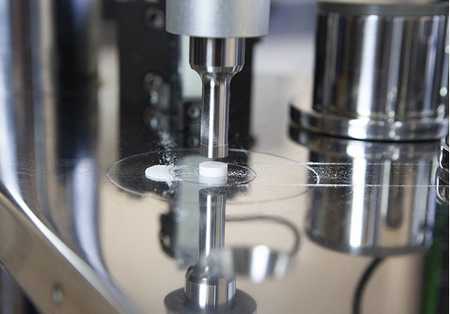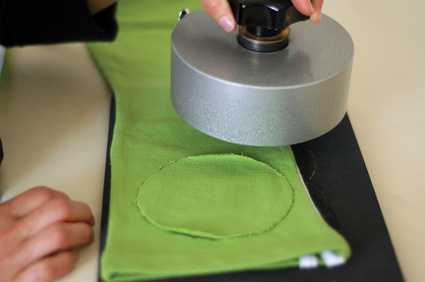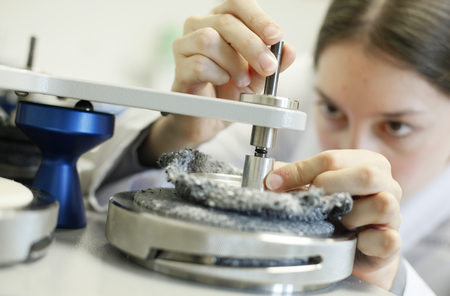
NewsInformation Center
What items are generally tested for textile quality?
2023/06/21
Textiles are materials consisting of fibers or groups of fibers that are used to make various products such as clothing, household items, and industrial supplies. In the textile production process, in order to ensure the quality and safety of the product, a variety of testing programs are required. This article will introduce the common items of textile quality testing from fiber raw materials, yarns, fabrics, garments, etc.
I. Fiber raw material testing

1. fiber composition testing: fiber composition is an important factor affecting the performance and quality of textiles, so fiber composition testing of raw materials is needed to determine the type and composition content of fibers.
2. Fiber length and fineness testing: fiber length and fineness of textiles have an important impact on the strength, softness, gloss and other properties. Fiber length and fineness detection can be carried out by microscope, fiber analyzer and other equipment.
3. Moisture content detection: The moisture content of fiber raw materials directly affects the quality and color of yarn, so the moisture content of raw materials needs to be detected.
1. Yarn fineness: The fineness of the yarn has an important influence on the density, appearance and feel of the fabric. Yarn thickness and fineness can be detected by spinning meter, electronic scale and other equipment.
2. Yarn strength detection: The strength of yarn is an important factor affecting the strength of fabric.
3. Yarn color fastness testing: Yarn color fastness refers to the dyeing fastness of yarn, i.e. whether the dye will fall off or bleed out under the conditions of water, sweat, friction, etc. The detection of yarn color fastness can be carried out by equipment such as color fastness meter.
III. fabric testing

1. Fabric density detection: fabric density refers to the number of warp and weft yarns in the fabric per unit area, which is an important factor affecting the quality and feel of the fabric. Fabric density detection can be carried out by counter, microscope and other equipment.
2. Fabric strength detection: fabric strength refers to the maximum weight that the fabric can withstand under the tensile force perpendicular to the direction of the yarn, and is one of the important performance indicators of the fabric. Fabric strength testing can be carried out by tensile testing machine and other equipment.
3. Fabric color fastness testing: fabric color fastness refers to whether the dye will fall off or bleed out under the conditions of water, sweat, friction, etc.. The detection of fabric color fastness can be carried out by color fastness meter and other equipment.
IV. garment testing

1. Garment size detection: Garment size is an important factor affecting wearing comfort and beauty, and the size of garments needs to be tested to ensure that the garments meet the sizing standards.
2. Garment sewing quality testing: Garment sewing quality is an important factor that affects the appearance and service life of garments, and the sewing quality of garments needs to be tested to ensure the quality of garments.
3. Garment color fastness testing: The color fastness of garments refers to whether the dye will come off or bleed out when the garments are exposed to water, sweat, friction and other conditions. The detection of color fastness of garments can be carried out by equipment such as color fastness meter.
4. Garment strength testing: The strength of garments refers to the maximum weight that garments can bear under various stresses, which is an important factor affecting the service life of garments. The testing of garment strength can be carried out by tensile testing machines and other equipment.
To sum up, textile quality testing involves fiber raw materials, yarn, fabric and garment, covering many aspects such as fiber composition, fiber length and fineness, moisture content, yarn thickness and fineness, yarn strength, yarn color fastness, fabric density, fabric strength, fabric color fastness, garment size, garment sewing quality, garment color fastness and garment strength. These testing items can ensure the quality and safety of textiles and provide consumers with high-quality products.
Previous: How is the din 75201 fogging tester calibrated before use?
N e x t : What is the scope of use and precautions for UV Aging Test Chamber?




